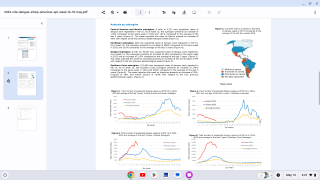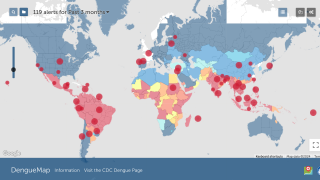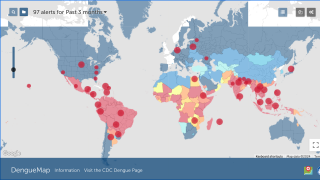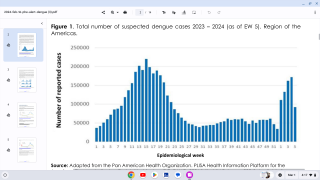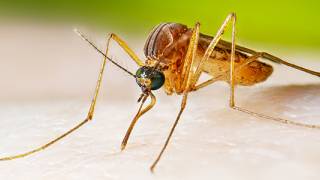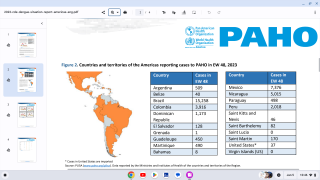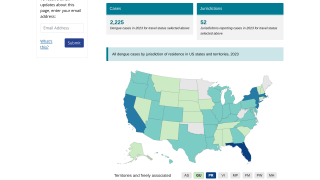Does Dengue Stop at the Rio Grande River

According to the World Health Organization (WHO) and numerous health agencies, Dengue outbreaks are now classified as a grade 3 emergency, requiring a major to maximal public health response.
To alert international travelers to this health risk, the U.S. Centers for Disease Control and Prevention reissued a Global Travel Health Notice on August 14, 2024, identifying Dengue outbreaks in 26 countries.
Understanding how emerging infectious diseases spread within and between countries is essential to containing future pandemics.
Researchers recently developed a dynamic modeling approach for infectious diseases that explicitly models connectivities via human movement and environmental suitability interactions.
In a paper published in the journal Nature Communications, these researchers applied this model to (1995-2019) virus transmission patterns and predicted the future (2020-2039) spread of Dengue in Mexico and Brazil.
These models reconstruct long-term spread pathways, determine historical origins, and identify specific invasion routes. Their results have immediate practical applications for forecasting and containing Dengue spread and the emergence of new serotypes.
Given current and future trends in human mobility, climate, and zoonotic spillover, these researchers wrote that understanding the interplay between connectivity and environmental suitability will be increasingly necessary to contain emerging and re-emerging pathogens.
Another factor is that Dengue-carrying mosquitoes are expanding their geographic range.
Mosquitoes that spread dengue usually live below 6,500 feet elevation. A previous study reported that these mosquitoes move an average of 6.5 meters of elevation and have moved polewards by 4.7 km annually.
The first suspected dengue-like epidemics in the Region of the Americas were reported in 1635 in Martinique and Guadeloupe. Since then, most countries in the region have reported travel-related and/or travel-related dengue cases.
As of September 2024, Mexico had reported more than 260,000 Dengue cases this year. This PAHO data compares to about 100,000 cases reported over a similar period in 2023.
In 2023, Dengue was reported in 28 of 32 Mexican states, led by Quintana Roo (Cancun), Tabasco, and Guerrero. All four Dengue serotypes have been found in Mexico for decades.
To Mexico's north, the Texas Department of State Health Services says mosquitoes that transmit the Dengue fever virus are found in Texas, with (60) cases and one related death reported as of September 24, 2024.
These Dengue cases have been confirmed in 23 Texas counties, led by Collin, Dallas, Denton, Ft. Bend, and Travis.
Last year, 79 Dengue cases were reported in Texas, including one locally acquired case in Val Verde County.
While the World Health Organization (WHO) prequalified Takeda's second-generation QDENGA® (TAK-003) vaccine in May 2024 and is available in over 30 countries, it remains unavailable in both Mexico and the U.S.
Once both doses are administered, Qdenga's efficacy is realized in two weeks. This is essential when planning a trip to a Dengue-endemic country such as Mexico.
Our Trust Standards: Medical Advisory Committee













